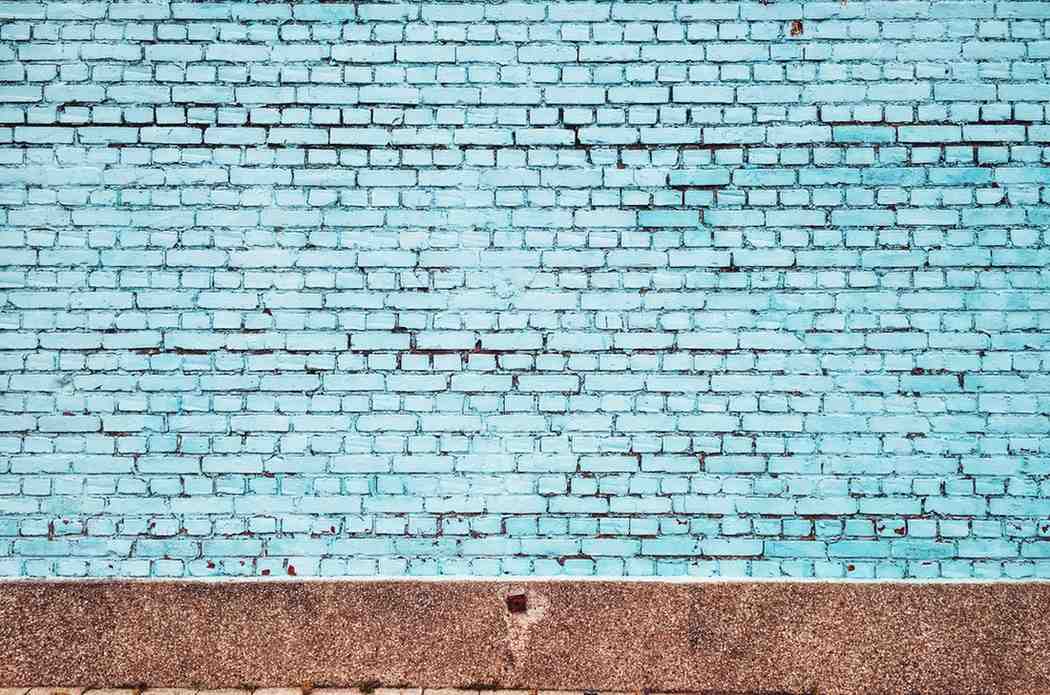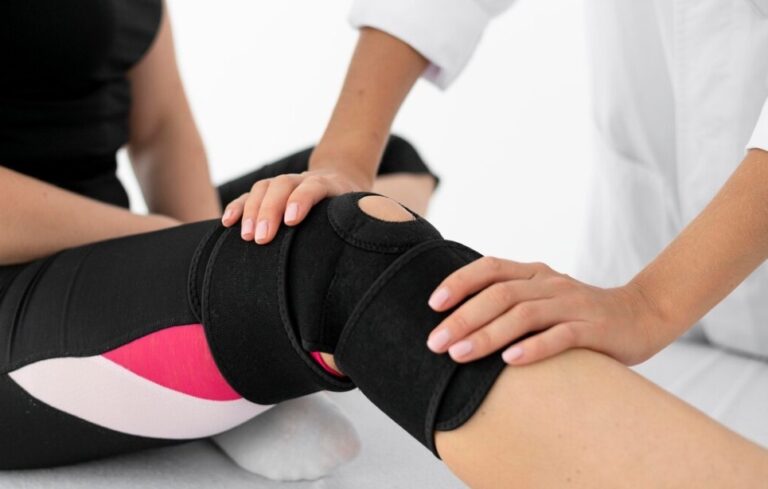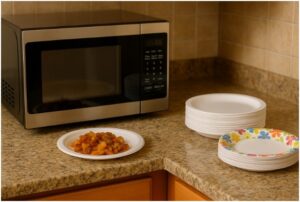I’ve worked on restoring old brick walls for years, and one of the toughest challenges I’ve encountered is removing layers of stubborn paint without damaging the natural surface. If you’ve inherited a painted fireplace, exterior wall, or vintage brick feature, you know exactly what I mean. The good news? With the right method, patience, and a few safety measures, you can restore your brick’s original charm.
In this guide, I’ll break down how to remove paint from brick using three tried-and-true methods—chemical stripper, TSP solution, and acid treatment. I’ll also share when to use each, what safety precautions matter most, and how to finish your project so your brick looks clean and vibrant again.
Why Removing Paint from Brick Needs Care
Brick is porous, which means paint tends to sink deep into its surface. Using the wrong tools or techniques can lead to etching, crumbling, or discoloration. That’s why gentle, methodical removal is key—your goal is to lift the paint without harming the brick beneath.
Some DIYers jump straight to sandblasting or grinding, but those methods can permanently scar the surface. Instead, the three methods below are both effective and restoration-safe, provided you follow proper safety steps.
Quick Comparison of Paint Removal Methods
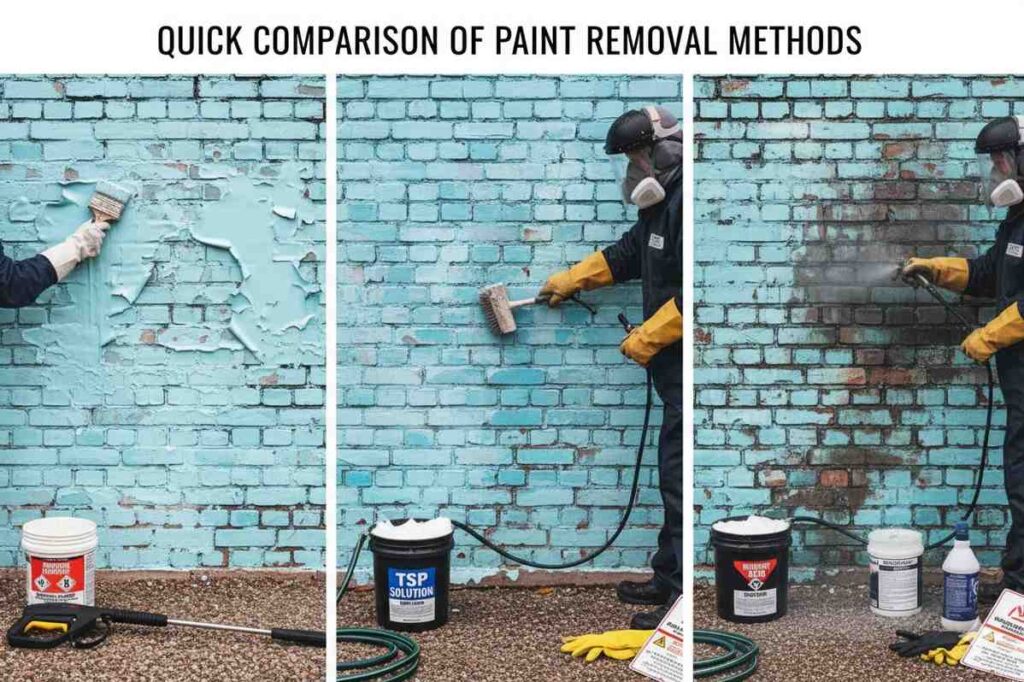
| Method | Best For | Difficulty | Safety Level | Tools Needed |
| Chemical Stripper + Pressure Washer | Thick or multiple paint layers | Moderate | Medium | Paint stripper, brush, pressure washer |
| TSP Solution + Scrubbing | Light paint layers or small areas | Easy | Low | TSP, brush, bucket, hose |
| Acid Solution (Muriatic or Brick Acid) | Deep or old paint stains | High | High (requires full PPE) | Acid, sprayer, neutralizer, pressure washer |
Method 1: Using a Chemical Stripper and Pressure Washer
Step 1: Prepare and Protect
Start by covering plants, windows, and surfaces you don’t want to be affected by the chemical. Always wear gloves, goggles, and a respirator mask. Chemical strippers can irritate skin and eyes, so full protection is essential.
Step 2: Apply the Stripper
Choose a paint remover designed specifically for masonry—these are formulated to penetrate porous surfaces like brick. Apply it generously using a paintbrush or roller, coating the area evenly.
Step 3: Let It Work
Follow the product instructions for dwell time. Most strippers need at least 15–30 minutes, but some may take longer depending on paint thickness. You’ll see the paint start to bubble or peel.
Step 4: Wash Away the Residue
Once the paint loosens, use a pressure washer to remove it. Keep the pressure between 800–1,200 PSI to avoid damaging the brick. If some paint remains, repeat the process on those areas.
Method 2: Using a TSP Solution
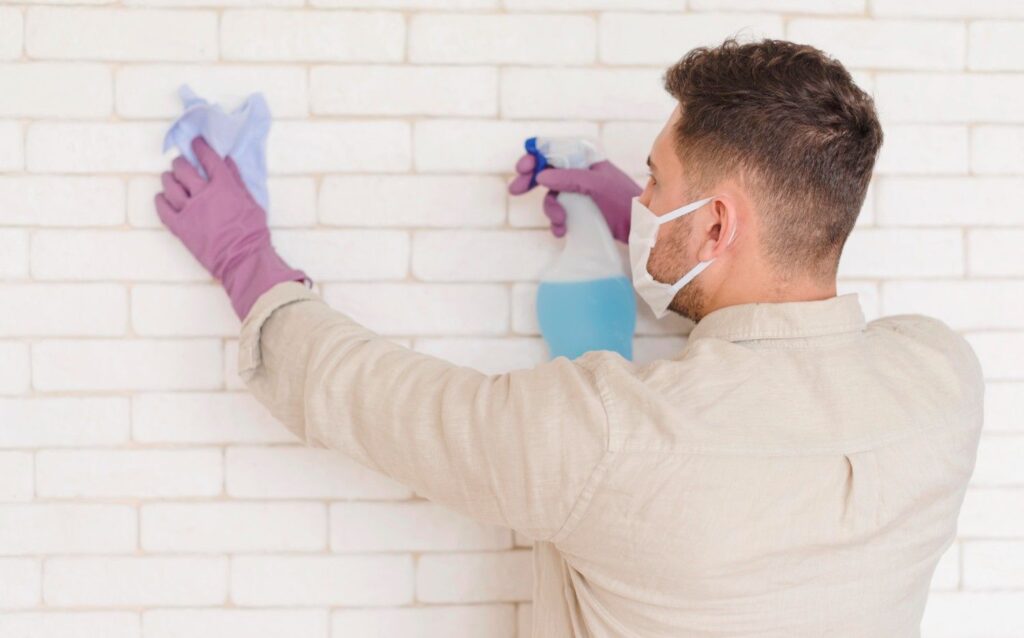
If you want a less harsh approach, trisodium phosphate (TSP) is your friend. It’s a powerful cleaning agent that helps lift paint, grease, and grime.
Step 1: Mix the Solution
Combine ½ cup of TSP with 1 gallon of warm water in a bucket. Always mix it in a well-ventilated area and wear gloves, as TSP can irritate the skin.
Step 2: Apply and Scrub
Dip a stiff-bristle brush into the solution and scrub the painted area firmly. Allow it to sit for about 10 minutes, giving it time to penetrate the paint layer.
Step 3: Rinse and Repeat
Rinse the area with a garden hose or low-pressure washer. If needed, reapply the TSP solution and repeat scrubbing until the paint begins to lift.
This method is best for smaller areas, or when the paint is already peeling. It’s safe for indoor use and great for brick fireplaces or accent walls.
Method 3: Using an Acid Solution (Use With Extreme Caution)
When all else fails, acid-based solutions like muriatic acid or commercial brick cleaners can dissolve even the most stubborn paint. However, this approach requires maximum safety and should be your last resort.
Step 1: Safety First
Wear a face shield, acid-resistant gloves, and long-sleeved protective clothing. Ensure the area is well-ventilated or work outdoors. Cover nearby surfaces to prevent acid damage.
Step 2: Apply the Acid
Dilute the acid according to manufacturer directions. Use a spray bottle, brush, or old broom head to apply it evenly on the painted brick. You’ll notice bubbling or fizzing—that’s the acid reacting with the paint.
Step 3: Pressure Wash and Neutralize
After a few minutes, rinse thoroughly using a pressure washer to remove the residue. Then, neutralize the acid by applying a baking soda and water solution, scrubbing gently, and rinsing again.
Important Tip: Never mix acid with bleach or other cleaners—it produces toxic fumes.
Pro Tips for Best Results
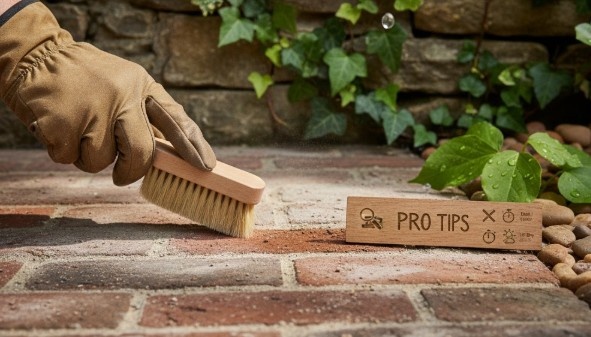
- Test a small area first. Always start on an inconspicuous spot to see how the brick reacts.
- Avoid metal brushes. Use nylon or natural bristle brushes instead to prevent scratching.
- Don’t rush. Multiple light applications are safer than one aggressive attempt.
- Let the brick dry fully. After washing, allow at least 24–48 hours before repainting or sealing.
Common Mistakes to Avoid
- Skipping PPE – Chemical exposure can cause burns or respiratory irritation.
- Using too much pressure – High PSI can damage mortar joints or erode soft brick.
- Ignoring neutralization – After acid use, always neutralize; otherwise, residues can continue damaging the brick.
- Not protecting surroundings – Runoff can discolor or kill nearby plants.
How to Restore the Brick After Paint Removal

After cleaning, you might notice some discoloration or haze. Don’t worry—this can be fixed easily.
- Use a brick cleaner or mild detergent to remove leftover residue.
- For uneven color, consider applying a brick restorer to revive its natural tone.
- Seal the surface with a breathable masonry sealer to protect it from moisture and staining.
Also Read: how to buy a house without a realtor
FAQs About Removing Paint from Brick
1. Can I use a heat gun to remove paint from brick?
You can, but it’s not ideal. Heat guns work better on wood or metal. On brick, they can cause cracking or release fumes from old paint layers, especially lead-based paint.
2. How do I know if the paint contains lead?
If your home was built before 1978, it’s possible the paint contains lead. Use a lead test kit before beginning. If lead is detected, contact a certified professional for safe removal.
3. Can I sandblast paint off brick?
It’s strongly discouraged. Sandblasting can strip away the top layer of brick, leaving it rough and permanently damaged. Always choose chemical or cleaning solutions instead.
4. What’s the safest way for indoor paint removal?
For indoor brick, the TSP solution is safest. Avoid acid or strong strippers inside due to fumes and potential surface damage. Make sure to ventilate the room well.
A Clean Slate Worth the Effort
Restoring brick to its original form takes patience and attention to detail, but the reward is timeless beauty. Once you know how to remove paint from brick the right way—balancing power and precision—you’ll see why professional restorers swear by these tested techniques. Whether you’re uncovering historic charm or refreshing a tired wall, careful paint removal can breathe new life into any brick surface.





